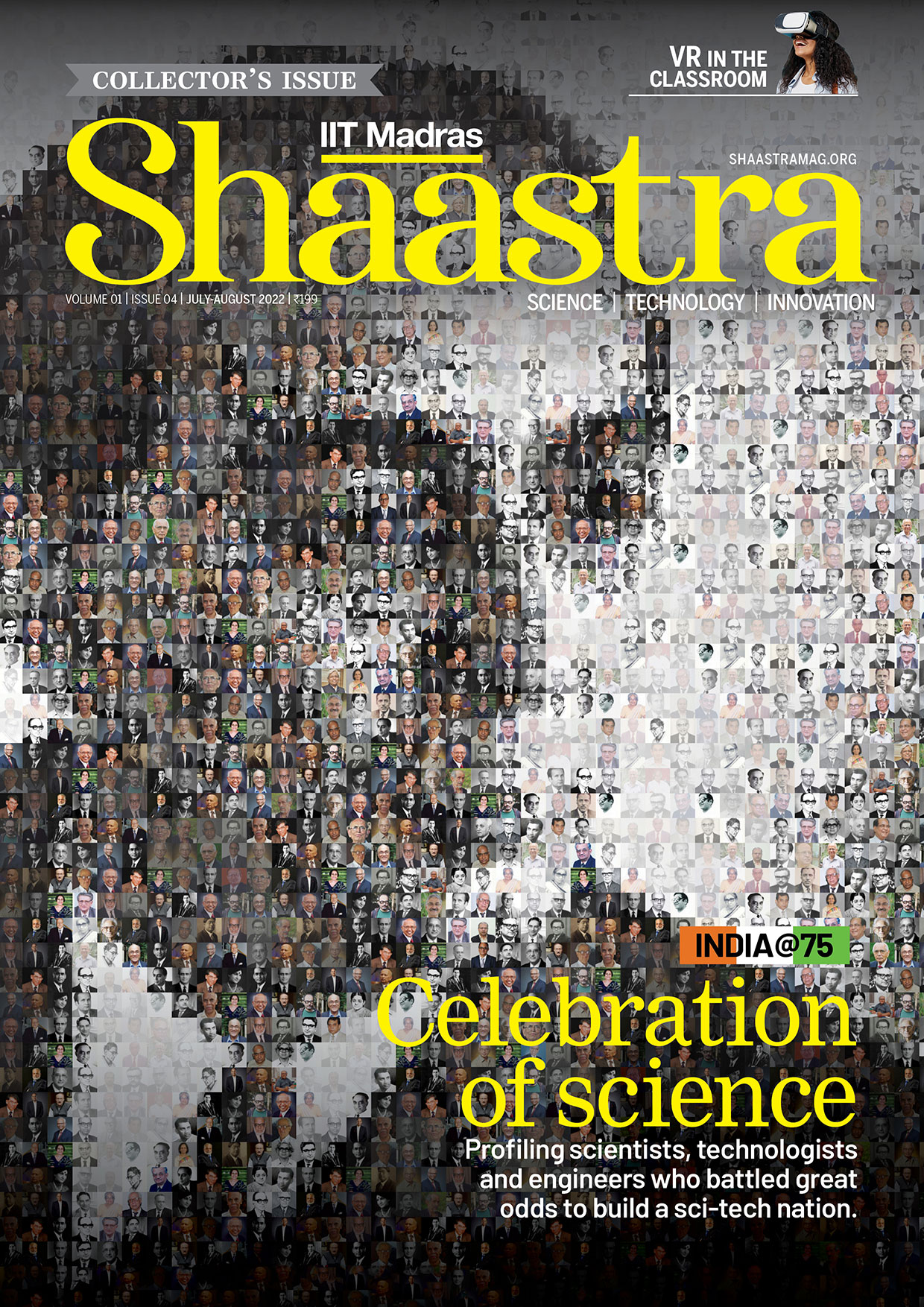The quantum edge of technology
-
- from Shaastra :: vol 02 issue 05 :: Sep - Oct 2023

Technology can improve dramatically when quantum phenomena are exploited well. Scientists are learning how to do that.
In the early 1990s, when Barry Sanders started work on the applications of quantum theory to develop technology, he was entering a field that was not yet fashionable. Sanders was a theoretical physicist by training, having written a PhD thesis on quantum optics while at Imperial College London. Quantum computing, he had understood, involved more than physics. To be good at it, Sanders had to learn computer science, quantum chemistry and a lot of mathematics, some of which were still to be developed.
"I used to spend more time learning and less time doing than my colleagues," says Sanders, Director of the Institute for Quantum Science and Technology at the University of Calgary in Canada. "I didn't realise it then, but it gave me an early start."
Spending more time learning rather than doing had its consequences: he was publishing less than his colleagues in the field. When he sent his initial papers for publication, he got criticism in response. Scientists then largely believed that quantum computers wouldn't be scalable, and that researchers shouldn't waste time on it. Then, in 1994, Peter Shor, a mathematician from the Massachusetts Institute of Technology, developed a quantum algorithm that could factor numbers much faster than contemporary — or classical — computers. "And then everyone started saying, let us build a quantum computer," says Sanders, who is also a visiting faculty at the Raman Research Institute (RRI) in Bengaluru.
PAST ISSUES - Free to Read


Have a
story idea?
Tell us.
Do you have a recent research paper or an idea for a science/technology-themed article that you'd like to tell us about?
GET IN TOUCH














